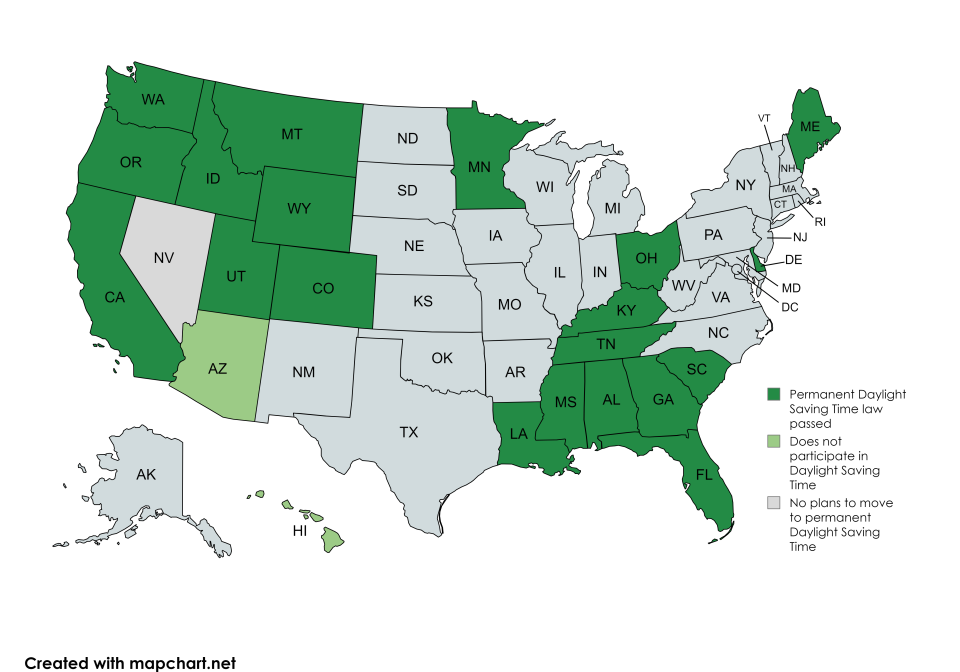Are we still doing daylight saving time? Yes, it begins this Sunday at 2 am - what to know
With the annual daylight saving time, we are springing into longer days and warmer weather this Sunday, March 10, at 2 a.m.
Losing an hour of sleep doesn't sound fun, but knowing that spring begins in two weeks may lessen the burden of turning all the clocks in the house one hour forward.
Spring weather has already started across the commonwealth, as this past weekend residents experienced temperatures in the high 40s and mid-50s. Spring doesn't officially start until Tuesday, March 19, but as we get closer to the first day of the spring equinox, rain, humidity and mild temperatures will appear more frequently.
According to the National Weather Service in Boston/Norton, the days leading up to Sunday, daylight saving time day, should be a mix of spring showers and warmer temperatures in the Greater Gardner area. There is a 40% chance of rain mixing with snow after 10 p.m. on Thursday, March 7. On the following day, Friday, March 8, there is a forecast of mostly sunny with temperatures hitting 47 degrees.

Who started this twice-a-year event in the U.S.?
The United States started to do daylight saving time after Congress passed the Standard Time Act of 1918 to conserve fuel and power during World War I, according to USAfacts.org.
The U.S. Department of Transportation was established in 1966, pushing the Uniform Time Act of 1966 to pass in Congress. The bill gave states the option not to observe daylight saving time and transformed daylight saving time into the version we have been practicing for the past 58 years.
There are 20 states that have passed laws to make daylight saving time a permanent practice. While Arizona and Hawaii are the only states that don't participate in daylight saving, the Navajo Nation in northeast Arizona observes it.
Will we ever stop doing daylight saving time?
It will take an act of Congress to cancel daylight saving time. The "spring forward and fall backward" ritual has become unpopular for many Americans, while others are passionate about keeping the annual tradition. In 2022, Congress attempted to end the twice-yearly time change with the Sunshine Protection Act. The bill passed the Senate in March 2022, but it still hasn't been voted on by the House of Representatives or brought back into congressional discussion.
This article originally appeared on Gardner News: When does daylight saving time start, what's Gardner weather forecast?

